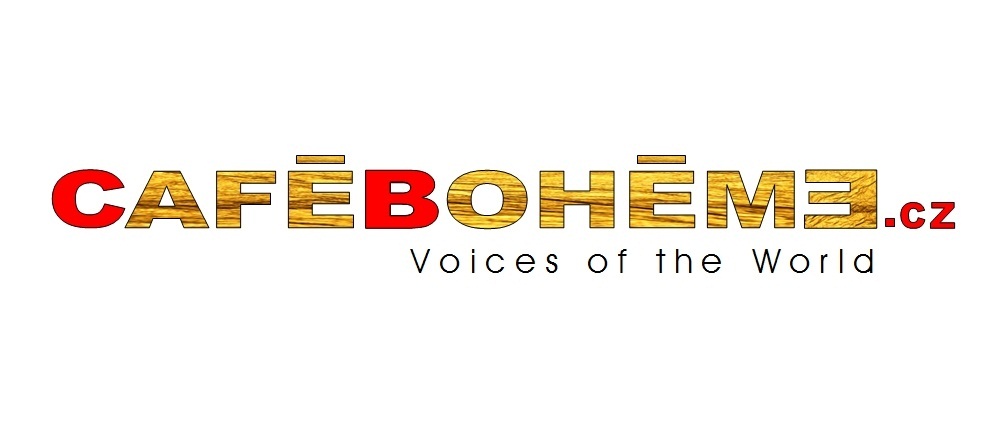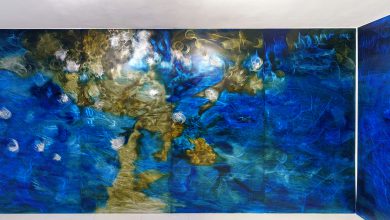
The eighteenth and nineteenth century saw a revival of Czech language and culture in response to forced Germanization – imposed under the Habsburgs – of Czech lands, domain of the great Austro-Hungarian Empire. This period also marks the foundation of the Prague National Theatre, the National Museum, the publication of a Czech grammar by Josef Dobrovský, in which an attempt was made to codify the language, and a Czech-German dictionary by Joseph Jungmann, which contributed to the renewal of the Czech vocabulary. These and many other events characterized the period in question, which is regarded by many as a Czech national revival, that saw the spreading of the ideals of nationhood and patriotism among the Czech population. In the wake of these events, in 1862 the Czech patriot, art-historian and academic Miroslav Tyrš (of German origin) and Jindrich Fügner (patriot and businessman), founded the first physical education organization of the Austro-Hungarian Empire, which was originally called “Prague Gymnic Union”. When this new association was constituted on February 16, 1862 – this year will mark the 150th anniversary – many Czech patriots and personalities from the cultural and political world took part in the event and – within a few months – other cities, both in Bohemia and Moravia, opened up branches of this organisation. Very soon, at the instigation of Emanuel Tanner, one of its first members, the Prague Gymnic Union, changed its name to “Sokol” (Falcon), a name full of symbolic meanings which, to the eyes of its founders, better represented the ideals of courage and freedom. The “Sokol” philosophy had ancient roots and was inspired by both the Greek ideal of “kalokagathia”, which distinguished in the virtuous individual, the coexistence of beauty and moral values, a perfect union between the moral and aesthetic spheres – and an aspect that was cherished by the Romans – as quoted by Juvenal: “Mens sana in corpore sano”, which saw the mind and body in harmony with each other. Tyrš and Fügner considered physical education as a way to foster those moral and civic values that belonged to the Czech people and considered the Sokol activity as a way to spread these ideals. These fostered values included: equality, discipline, respect for others, patriotism, honesty, goodwill and brotherhood, Fügner proposed that all members should call each other with the appellation of “brother”.
The Sokol soon extended its activities to the world of culture through the establishment of many libraries, with a constant editorial activity, which comprised the publication of magazines, the organization of regular conferences and cultural events, with the purpose of spreading – on a regular basis – Czech ideals of national identity under the Austro-Hungarian Empire.
It was understood from the very beginning that the Sokol was a politcally aligned movement. Events were organized, during which, traditional Czech costumes were worn and members of the organization wore special uniforms that were, in fact, a sort of symbol of the ideals of freedom. These clothes included a brown trousers that were reminiscent of those worn by Russian peasants, of jackets similar to those worn by the Polish revolutionaries and red shirts such as those worn by Garibaldian soldiers. It was probably Jindřich Fügner himself – an employee from the Prague branch of an Italian insurance company in Trieste – who had the idea of adopting them. Fügner, in fact, had been a supporter of Garibaldian ideals, which he had come into contact with during his stay on business in Trieste, and was struck by the fact that the Garibaldians had chosen a red shirt for their patriotic cause, because this color would have camouflaged the blood gushing from their wounds. The red flag, bearing a golden falcon at the center, the symbol of the organization, was created by the renowned painter Josef Manes. The silk flag was presented and inaugurated for the first time in 1862 by Karolina Světlá, the famous Czech writer, during a solemn ceremony which was attended by the leading statesmen and authorities of the time. It was thanks to Fügner that the first Sokol gym (sokolovna), located in Žitná street in Prague, was acquired and it was Tyrš himself who invented various gymnastic exercises and a Czech language terminology for this type of discipline. Top among the numerous activities of the Sokol, officially known as: Česká Obec Sokolská (ČOS), was the “Slety”, great representations that continued until 1948. The first Slet took place on 18th June, 1882, in Střelecký Ostrov in Prague, on the Moldava, where 700 men, led by Miroslav Tyrš, performed male exercises, after a procession during which 1,500 people marched in their traditional costumes with Czech flags and banners. The second Slet took place in 1891 and was attended by over 2400 athletes, who performed their gymnic exercises in front of an audience of over 7.000 people. In the following years, the event became increasingly popular to such an extent that in 1920, during the fifth Slet, one-hundred thousand members took part and performed in front of half a million people, including Tomáš Garrigue Masaryk, first president of the newly formed Czechoslovakia. The tenth Slet in 1938 had over two million spectators and was an important event before the Nazi occupation. During the eleventh Slet of 1948, after the Communist takeover, protests and manifestations took place against the regime and president Klement Gottwald. For this reason, the Slet were suspended once more and resumed only in 1994 after an interval of 46 years; Vaclav Havel himself attended this event.
For their activities in support of the population during the First World War and their overall civic contribution, the Sokol were called by many with the name of: “Czech National Army”, and it is certainly not a coincidence that, eventually, two of the leaders of the movement: Schneider and Vaníček were among the promoters and organizers of the new Czechoslovak Army.
The association reached its zenith in the years between the wars. During this time its members reached the figure of one-million – and among its distinguished members were the first two presidents of the Czechoslovak Republic: T.G. Masaryk and Edvard Beneš.
The gyms built by the Sokol spread over much of the country, even into small villages and soon became real sport and cultural centres in which – in addition to sports activities – theatrical performances, concerts and other cultural activities were organized for people of all ages.
Many ČOS athletes represented their own Country and achieved good results in the various international sports events and at the Olympic Games. In a very short time, Sokol centres were founded by Czech immigrants in many other countries around the world. In 1892, Sokol centres were found in Paris and Chicago and other centres were founded in other Slav countries, such as Slovenia. Throughout its long history, the ČOS had been banned several times. The ideals represented by the movement had little to share with the political line of the totalitarian regimes – which have so harshly affected the history of Czechoslovakia. First in 1915, then by the Nazis in 1939 and by the communists in 1948, the Sokol had to cease their activities, and despite attempts at revival in 1968 during the Prague Spring, it was only in 1990 that the movement was able to reorganize itself.
Today, the ČOS has over 190,000 members, offers 57 sports disciplines and is involved in social and cultural activities. Still highly appreciated is the Slet tradition of holding sport- cultural festivals every six years (the last edition is that of 2006), highly appreciated by the Czech population and considered a special event that has always enjoyed great public participation. This year, to mark the 150th anniversary of the Sokol (from 1st to 6th July), the XV Slet edition will take place with a series of events all over the country. Besides being one of the oldest organizations in the country and around the world for the promotion of physical activity, the ČOS is also one of the largest associations in the Czech Republic in terms of number of members and geographical distribution and today, just as in the past – through its activities – it aims to convey that ancient ideal of moral virtue and physical health that is so important to the civic life of people. Its headquarters are at Tyrsuv dum in Prague, in Malá Strana.





